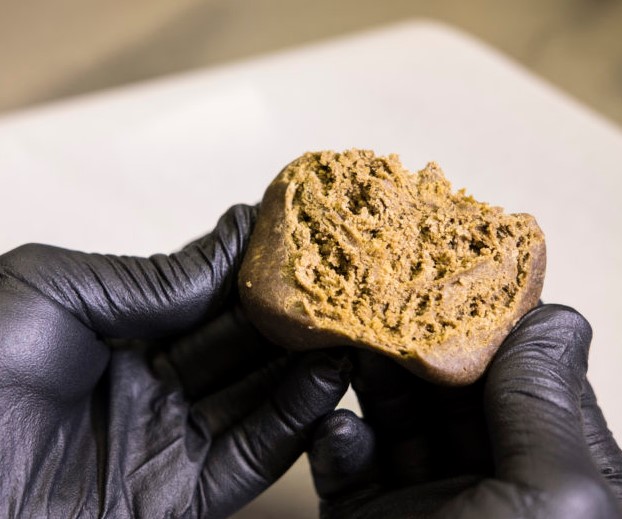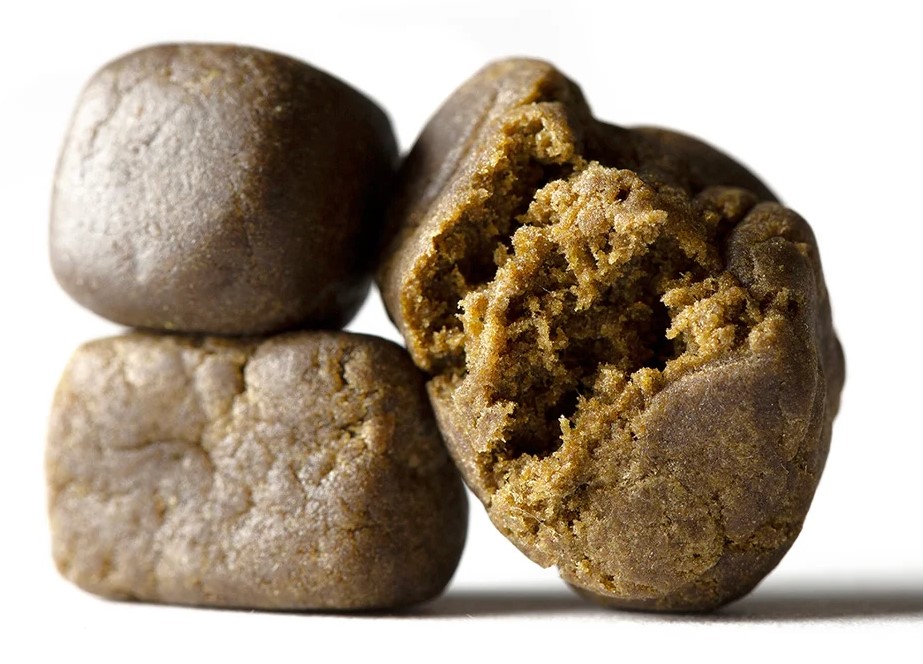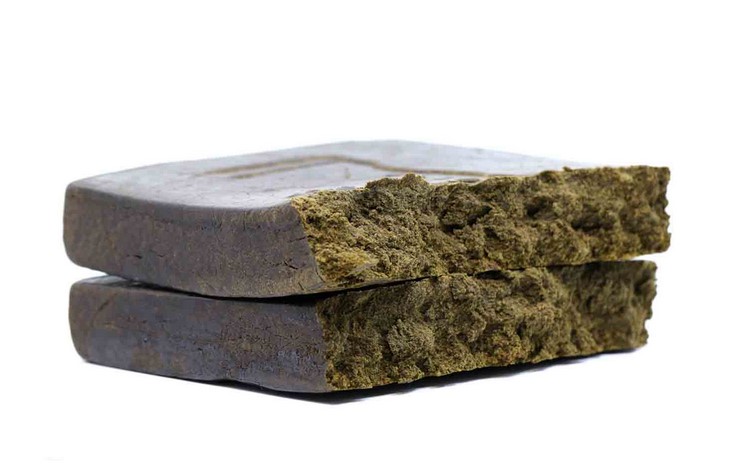Moroccan hash is a relatively new product for many Europeans, despite the fact that Moroccan hash is often recognized as an ancient, conventional product. The reality is that while Moroccan hashish culture is relatively young when compared to other cannabis concentrate-producing countries, it is quite old when compared to traditional producing nations. Hashish production in regions like the Middle East and Central Asia dates back centuries, but this method was unknown in Northern Africa until the second part of the 20th century, when Western travellers from Europe’s “Hippy Hashish Trail” introduced dry sieving technology from Lebanon and Afghanistan.
These tourists, most of them from the United States, traveled to countries where cannabis, hashish, opium, and other narcotics had previously been produced in order to enjoy the freedom that one might find in some parts of the world today. Lebanon, Turkey, Afghanistan, Pakistan India – and Nepal were all required visits on this remarkable and exotic journey. Some of this travelers, according to some accounts, were originally educated about ancient ways to make dry sift, which were later refined to industrial levels. Some of these people went to Morocco soon after and taught the locals how to extract cannabis from plants and how to export it.

Moroccan cannabis production began over a thousand years ago when Arab invaders introduced the crop during the 7th through 15 of xi cent. Hashish was not created in this region until these Westerners from Asia and the Middle East informed Moroccans about sieving marijuana plants. Before that, Moroccans mostly smoked kief (also known as kif, kifi, etc.) with their sebsi pipes, which was a combination of dried and ground herbs similar to tobacco and cannabis. Hashish could also be found in limited quantities; however , it was generally Lebanese or Argelian hash, which was often in extremely small amounts.
It’s not unusual that Moroccans used their dry sieving techniques rather than other ways, such as charas or hand rubbing, which are popular in humid climates like Nepal, Kashmir, or Northern India. Cannabis production was then relocated to the mountainous province of Rif, northeast of the nation, where farmers and producers could operate without fear of being punished by authorities. Locals were also educated about key production and export methods, allowing Morocco to become the world’s first source of hashish for the European market and challenge Afghanistan as the major producer.
Moroccan hashish traditional technique
Traditionally, the Moroccan variety was short-middle in height with few side branches and a prominent main stem. The environment was often harsh, with poor soils, searing heat, and limited irrigation. Most of the plants used for producing hashish were entirely seeded, and many exhibited hermaphrodite (monoecious) characteristics. The structures’ roofs were frequently used to dry plants (a very aggressive drying technique still employed today by some farmers), and they weren’t washed before being sieved, resulting in low-quality resins with a substantial number of pollutants.
The resin is collected in a container and passed through mesh. It would take approximately a month for the plant to dry fully. They’d cover the bucket or similar container with a mesh screen and set the plants on top of it once it was completely dried. Everything was then wrapped in plastic and beaten with sticks to liberate resin glands that had gone through the sieve holes and accumulated at the bottom of the container, they found. Ground material produced more resin than unbroken plants, albeit at an increased risk of introducing impurities, they discovered quickly.

The pressed material was then hand-pressed (in the case of higher qualities) or placed inside cellophane bags and weighted (usually 250g per bag). They’d warm up the press plates in order to make things go more smoothly – especially with lower grades – before applying a pressure of several tons and making their well-known hashish bricks. Sometimes it was pressed into tiny oval-shaped pellets, often known as “acorns” or “eggs,” which made it simpler to ingest and go unnoticed at border crossings. Moroccan hash with various forms and weights is also available, having been modified to the chosen method of smuggling.
The country’s finest gems, on the other hand, were frequently overlooked in favor of locals and producers, while hashish from the Rif was being sent to Europe via land through Morocco and Algeria, with Spain serving as a gateway. Traditionally, most Moroccan hashish was consumed in Spain and the Netherlands, although it may be found in a variety of locations across the world. Still, as one goes farther east, the amount of Moroccan hash decreases until it is entirely replaced by resins from other producing countries such as Lebanon, Afghanistan, Pakistan, Nepal, or India.
Moroccan hashish today
Since the turn of the century, hashish production in Morocco has undergone two revolutions. On the one hand, and as stated by UNODC, we have a complete quantity of hashish produced and cannabis cultivated on a certain amount of land. A few years after feminized cannabis seeds became available, these may already be found in Rif crops. The farmers were able to produce far more resin in their fields as a result of growing only female plants, resulting in an overall increase in the amount of hashish produced. The oddity is that, at the same time, the area under cannabis cultivation was declining each year in the Rif region.
Greater advantages, on the other hand, allowed farmers to enhance their products with wells, irrigation systems, nutrients for cannabis and new seeds, albeit the method used to make hashish was largely similar to that used in previous decades. New resin extraction technologies didn’t appear until a few years later, roughly around the same time as Spain’s cannabis social clubs were blooming.
The fact that Spain is currently experiencing a significant shift in its cannabis laws has had a major influence on both marijuana cultivation and resin extraction procedures in Morocco. Modern producers must now satisfy the demands of an increasingly picky public, with members from hundreds of cannabis social clubs in Spain. As a result, Black Domina, Amnesia Haze, and Critical Mass have been cultivated for years in the Rif region while new hybrids like Nicole Kush or Barbara Bud are grown across several fields.
Dry sieving (in some cases with imported, high-quality meshes), ice water hash, rosin hash, and even BHO are among the methods employed in Morocco today. Fresh sift, nevertheless, is one of Spain’s most popular items. It’s clear that production of cannabis in Morocco has changed dramatically in the last 15 years, owing to the introduction of new strains and sifting procedures. We’re pleased to see this change!
